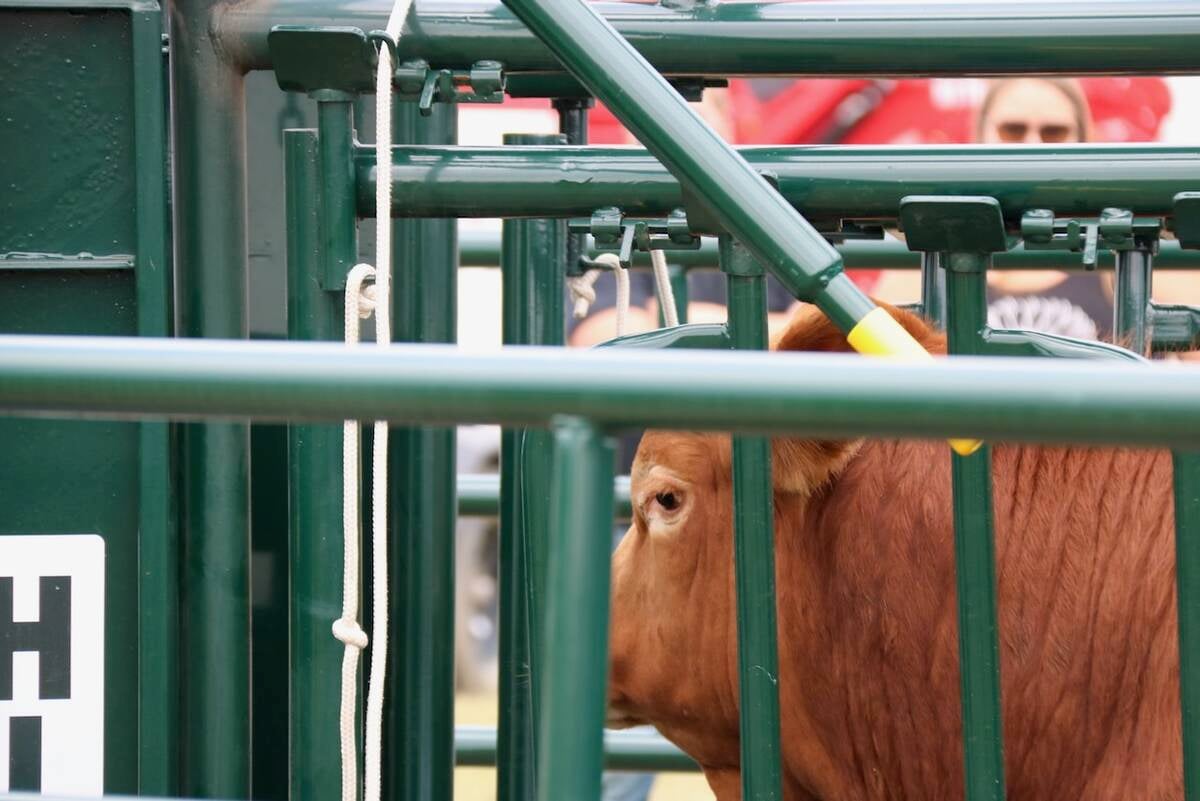New challenges in beef production systems have made it more important than ever that everybody in the supply chain, including veterinarians, producers, feedlot operators, truckers and slaughter plant operators, do all they can to improve communication and help identify possible weak spots.
Threats of emerging diseases and antimicrobial resistance are being heightened as cattle are transported greater distances.
As well, as cattle performance is pushed to higher levels, small factors can play a larger role and tax the animals’ immune systems.
It is important that all parties stick to best practices and follow the health and nutritional advice provided.
Read Also

Good handling equipment a must on cattle operations
It’s important for the safety of producers and everyone else dealing with their stock that handling equipment is functional and safe.
When it comes to specific disease investigations, proper communication and information sharing can solve problems. Even in cases where it doesn’t solve a specific issue, the information could prove valuable in preventing future occurrences.
For example, in one case a young veterinarian was discussing an unusual disease investigation regarding severe scours with many deaths in calves about two weeks old.
She carried out post-mortems and cultures and found salmonella was the culprit — a very rare diagnosis in Alberta beef cattle.
Further checking led to the discovery of salmonella in pigeon droppings around the area. A good preventive lesson to take away from this case is to keep pigeon populations under control or away from cattle.
Pigeons are known salmonella carriers and are often found near cattle. The case provides a good example of how wildlife populations can pose a detriment to them-selves and domestic animals if their populations get too high.
Salmonella is a zoonotic disease (can spread to humans) so farm workers, the veterinarian involved and farm families may have been susceptible to this outbreak.
In my career in practice, we had two devastating scour outbreaks with a greater than 50 percent mortality. Even with investigation help, expertise and laboratory support from the veterinary college at the time, the exact cause was hard to determine.
Both outbreaks occurred in well-managed herds. The good news was that the problem went away and never resurfaced. One can only assume that exposure led to immunity in the herd.
The only way we were able to stop it was to move the rest of the calving cows to a different location. If something like this happened in your herd, is there the potential to temporarily move the herd?
It’s easier said than done, but with some abandoned farmyards or former livestock set-ups with extremely good fencing, it may be possible.
Just like producers in Alberta and Saskatchewan involved in the temporary quarantine of their animals for the tuberculosis investigation, if this happened to you, would you have options?
Elk were at one time incriminated in the spread of TB, but with the identification of the Mexican strain of the tuberculosis organism, the potential initial source in the latest outbreak points in a different direction.
Nevertheless, if wildlife populations get too high, ecosystems can be knocked out of balance, which can lead to disease rearing its ugly head.
Just as domestic populations of cattle and bison can experience an increase in internal and external parasites, so too do wildlife.
All of us have seen how moose-tick cycles can devastate moose populations every so often.
By good management, nutrition and preventive vaccines, we can manage widespread disease outbreaks in domestic cattle.
We hear about outbreaks affecting mainly smaller, underweight calves and reproductive failures or higher abortion rates in some herds.
When we eliminate many of the common causes of these conditions, they can fall into the huge non-specific condition of myco-toxins.
Mycotoxins form when we get mould and yeasts growing on our wet feed. If growing conditions are right, health may not be initially affected on ingestion, but it can show up in the developing fetus. This is why if feed is suspect, we try to feed it to non-pregnant animals or we may dilute it.
However, does tub grinding and other activities dissipate the mould? Eastern Canada deals with mycotoxins more than producers in the West. They have screening feed sample tests for the most common mycotoxins.
But the problem often arises because producers see problems after the feed has already been fed to cattle and the ability to test is gone.
There are many kinds of myco-toxins and it is important to know which to test for and at what level each one might become a significant problem.
Be sure and report these disease and production problems to a veterinarian. They want to help diagnose the problem and hopefully implement preventive measures for the future.
As disease investigations are reported, the information has potential to spread and help more people and, in the long-term, could potentially help the entire cattle industry.














